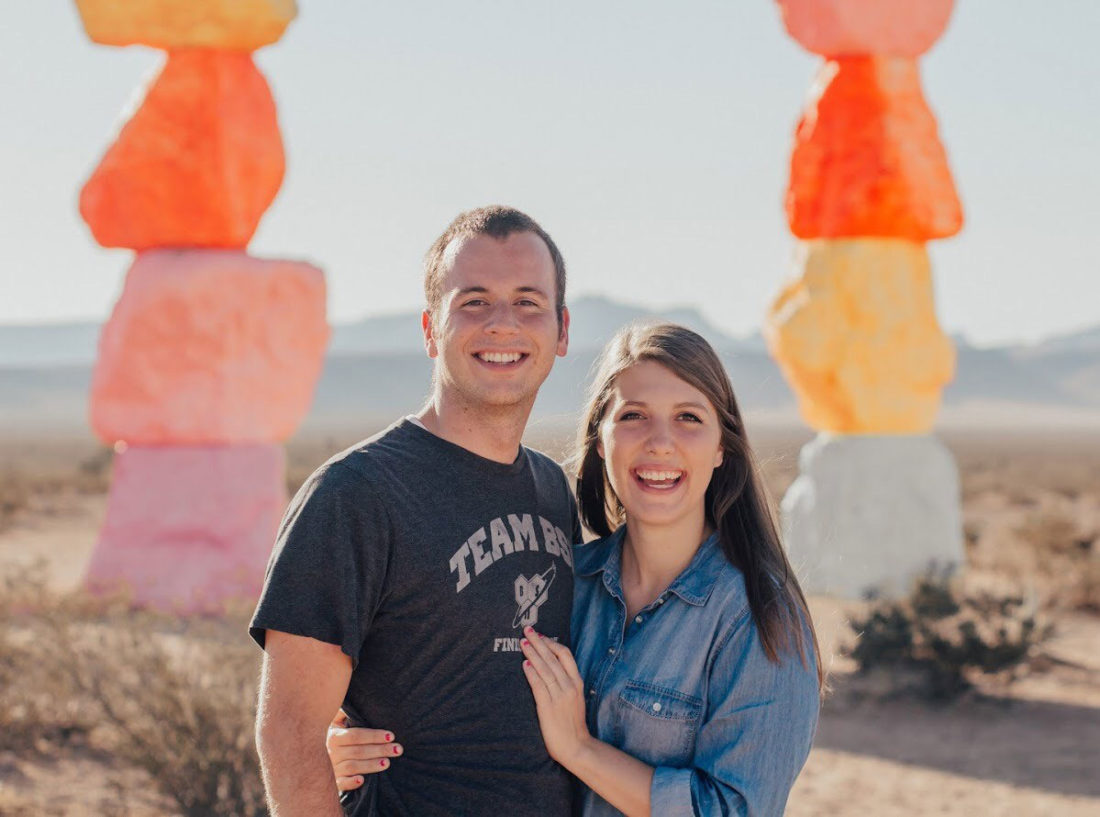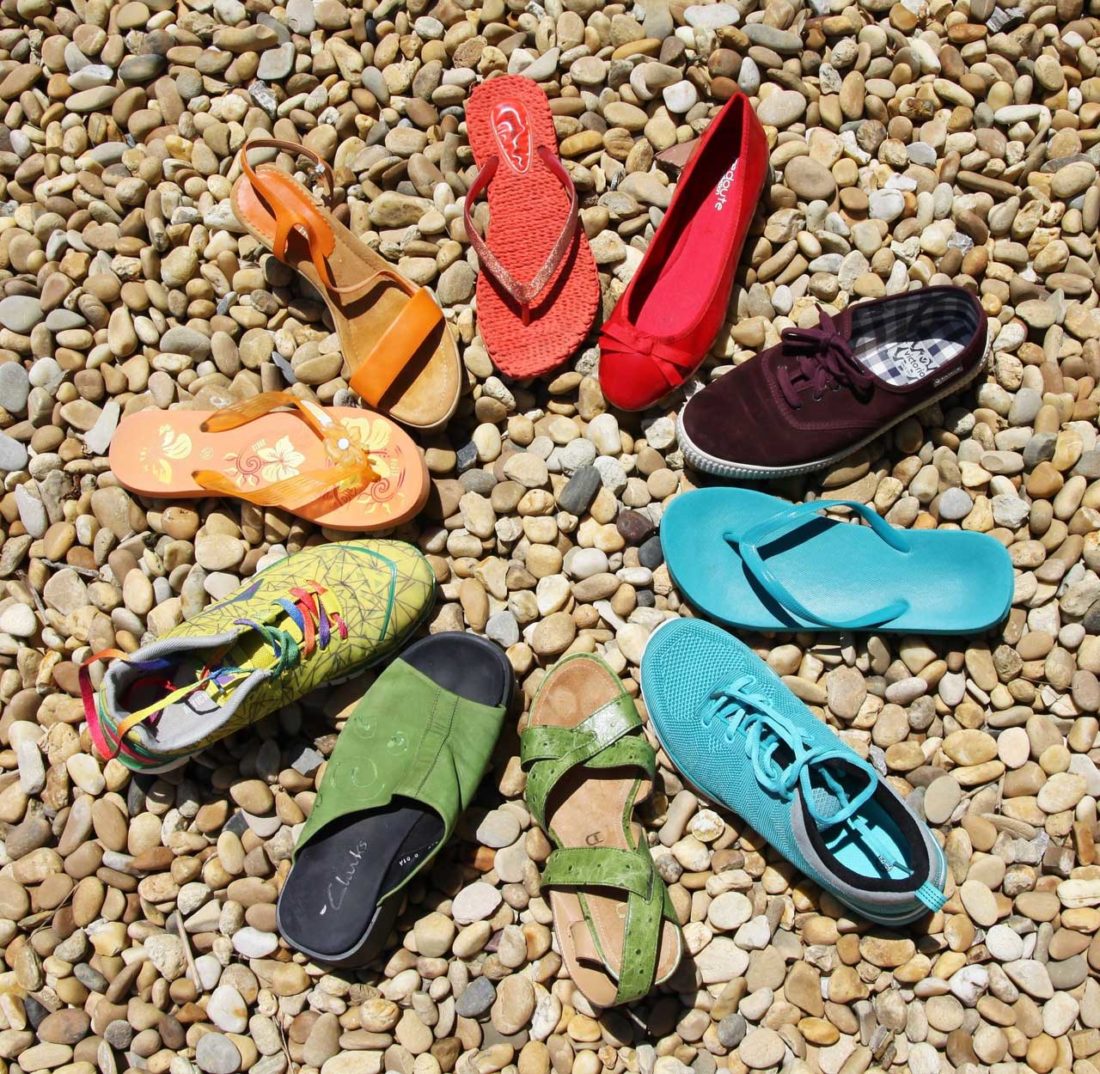We all love a story. Here is a true story that is just beginning.
Nathan and Shelby Astle are a young couple who have been married for 2 years. They are one of those endearing couples who have known each other since 3rd grade in Las Vegas. They like to play “Name that Movie” by challenging each other with movie quotes. Road trips are great because they can talk for hours and never get bored!
However, they didn’t always know everything about each other. When they began dating, Nate knew he needed to tell Shelby that he had been struggling with pornography since he was 13. He had been trying to stop for years, and was afraid that it would always be a “dark shadow” destroying his relationships.
While Shelby was surprised, she wasn’t shocked. She had other friends who were struggling with pornography and had already spent time learning about the issue. Shelby felt like she knew and trusted who Nate really was, and reassured him that they would work through it together.
As a couple they turned to some reliable sources of help and have made a healthy relationship a priority.
When they had opportunities to share their story about working through the effects of pornography on their lives and relationship, they had a big decision to make. Should they go public?
Nate explained, “We decided to go public because we knew we could do some good. We had already talked about it with other friends and family. Our story isn’t unique at all, but may provide hope and perspective to other couples who are dealing with this. It wasn’t a difficult decision because we both felt like helping others was worth the risk.”
Nate and Shelby spoke at a Reach 10 event that was Livestreamed on Facebook, and did an interview for a local news story. They shared the video on their own page and continue to talk with friends and family who ask questions. It turns out there are a lot of people who want to know more!
Is sharing your story in public right for you?
We are always talking about the power of connection and vulnerability at Reach 10.
After hearing this message for a while, one of our team members asked if our goal is for everyone to share their story in public. That’s a great question!
Our answer is that we encourage connection with the right people, at the right time, in the right way. Strong personal relationships and safe private conversations are important for everyone. But not everyone should share their most vulnerable stories in public.
Brene Brown suggests carefully considering who to talk to. “Our stories are not meant for everyone. Hearing them is a privilege, and we should always ask ourselves this before we share: ‘Who has earned the right to hear my story?’ If we have one or two people in our lives who can sit with us and hold space for our shame stories, and love us for our strengths and struggles, we are incredibly lucky.”
Everyone who has been deeply affected in any way by the existence of pornography deserves someone to listen with compassion to their experience.
Six circles for sharing stories
Here are six levels of sharing that someone might choose to participate in. It’s best to start by creating an inner circle of trusted friends. Then gradually reach out to more public circles if you decide that is the right thing, at the right time, and in the right way for you.
- The Soul Circle: Opening up to people that you have a close relationship with and who will be understanding, loving, and accepting when you bare your soul to them.
- The Sage Circle: Turning to qualified people such as parents, therapists, or church leaders who can guide you with their wisdom, judgment and experience.
- The Support Circle: Joining a small, closed group of people who are working on the same issues as you, such as 12-step groups, therapy groups, or other support groups.
- The Sharing Circle: Sharing your personal experience with your family and friends.
- The Social Circle: Using your story to teach small public groups you belong to, such as a church meeting or college class.
- The Spark Circle: Speaking to inspire and influence others in larger public arenas such as conferences, news media, social media, and videos.
Let’s talk about each of these steps a little more.
The first 3 circles are close, confidential, and personal sources of support. These are essential for most people who want to stop using pornography as well as those who have been affected by someone else’s use of pornography.
1. The Soul Circle
You might already have someone in your life who you can open up to – or you might need to put some effort into building that kind of relationship.
Brene Brown says the right person is a good listener, doesn’t try to fix things, won’t dismiss the problem, and will still love you. (If you want to be that kind of person, read our blog on responding well!)
You can help others be the right person by asking for what you need. You could start with, “I want to tell you something that’s really hard for me to share, and you could really help me by just listening without getting upset or telling me what to do.”
Don’t give up if someone doesn’t know how to respond – that says more about them than you. You can try to help them understand, or move on to someone else.
Some things to consider:
- Have you both put time and trust into this relationship?
- Have you talked about deeper issues before?
- Have they earned the right to hear your story?
- Have you created an equal relationship of give-and-take, where you are both open with your stories and accepting of each other?
2. The Sage Circle
Someone who has made progress on this issue themselves can be a great mentor – sometimes we call them a sponsor or accountability partner. You also might turn to parents, therapists, or church leaders who are prepared to help you. Find those people who can help you get out of our own head and see things in a new way, help clarify your goals, and teach you new skills.
This requires being open with people and asking for what you need so they know how to help.
Keep reaching out until you can find the right people to help you. This is a fairly new issue and not everyone knows how to deal with it yet. Trust your feelings, and if it doesn’t seem like someone is helping you, thank them for their time and then move on. The right people are out there if you just keep looking.
Some things to consider:
- Do they have a good understanding of what it takes to overcome the effects of pornography?
- Have they had experience with their own recovery or with helping others?
- Do you trust them to keep confidences?
3. The Support Circle
There is a reason that support groups are available for nearly every problem that people face. Fellowship with people who are working on the same challenge can be reassuring and motivating. Close connections are often formed when people say, “Me too.”
Many people have found 12-step or therapy-based recovery groups for addiction recovery, betrayal trauma recovery, and family support helpful. There are online forums and video call meetings available too. Give a new group a chance for a while – but if it doesn’t feel right keep trying until you find one that works for you. Find a group on our resource page.
The real power of these groups comes when you commit to working with a sponsor – someone who has some time living in recovery and can talk you through your hardest moments.
Anything shared in a support group is expected to be kept confidential.
Some things to consider:
- Are there people in the support group who have good recovery and share hope?
- Does the group encourage working with a sponsor?
- Does the group have a culture of connection? Read our blog for more about how important connection is in support groups.
Deciding to share your story more publicly
From here on, the circles are less confidential. There can be value for both you and the audience in sharing your experience, but think it through carefully first. Sometimes you can also agree to share your experience anonymously, as long as you trust the source to protect your identity.
“Once you have shared you can never un-share. You need to be intentional and make sure it is something you are willing to see through to the end.” Nate Astle
4. The Sharing Circle
You will probably choose some of your close family and friends to be part of your soul circle. But what about the rest who don’t know your story yet?
In the right conditions, sharing your experience with close family and friends can be a step to freedom. Keeping secrets and hiding your challenges usually leads to disconnection from the people you need the most. Honesty can free you from the burden of deception.
Being open about your experience can help them too. It is highly likely that other people you know are dealing with the same issue and would love someone to talk to, but don’t know who would understand. Nate said that after he and Shelby were open with their story, “There have been many of our friends who have come to us with their own struggles and questions about pornography. A major benefit of sharing our story is we have created a safe place for people to come and talk.”
On the other hand, family or friends who are critical, harsh, judgmental, or otherwise emotionally distressing can create more problems for you to deal with.
Carefully consider the relationships you have with your friends and family. Would they naturally respond with love and support? Could you help them by educating them first? Or would it be best to keep this story safe with others who you trust?
If you are planning to move on to more public audiences, it is usually better for your friends and family to hear it directly from you first. Even though it can actually be more daunting to speak face-to-face with someone you care about than to an audience of people you don’t know, it can avoid awkward situations later. You might be surprised at how kind and encouraging most people are.
5. The Social Circle
Have you made some solid progress in managing the challenges in your life? Are you feeling a desire to help others? A good next step could be sharing your story and the things that have helped you in a small group such as a church meeting or college class.
In a small group, you can get a sense of how the audience is responding to your story. You can invite discussion and learn from them as well.
Starting out by speaking in a smaller group can feel safer, especially if it isn’t being recorded for sharing online later. It will give you practice getting comfortable sharing your story and meeting the needs of the audience.
It’s important at this stage to be aware of your feelings about sharing and turn to your personal circles for support in this new experience.
6. The Spark Circle
All of us have been inspired at times by stories of people who beat a challenge with courage. As confidence in your message and your emotional resilience grows, you might want to get more involved helping people overcome pornography by speaking in larger public arenas such as conferences, news media, social media, or in videos.
If we want to stop the secrecy and silence that keeps people stuck in pornography, we have to bring it out in the open where we can on it work together.
At the same time, we don’t want anyone to jump into this circle without carefully considering the consequences. Steven and Rhyll Croshaw, who have been speaking in public for many years about their experience of healing from the impact of sexual addiction, advise that someone should have several years of solid recovery before they speak out in public. In fact, this is such an important circle that we will be posting a blog all about it soon, so stay tuned! We will have a list of questions to ask yourself to decide if this is the right step for you.
Deciding what is right for your story
While Reach 10 encourages open communication on the issue of pornography, we never want someone to share their story in a situation that causes pain or harm to themselves or others. Creating vulnerable and supportive relationships is a process, and there is plenty of time to work through each circle and move on to the next at the right time. For many people, just having a few trusted people to turn to is best.
Nate and Shelby found that sharing their story has been a valuable step for them. “We were expecting some differences in how people treated us, but there really hasn’t been anything like that happen. Most of the feedback has been positive and something along the lines of, ‘Thanks for sharing your story! It has helped me a lot,’ or ‘I shared your experience with my brother and his wife. I hope it will help!’”











